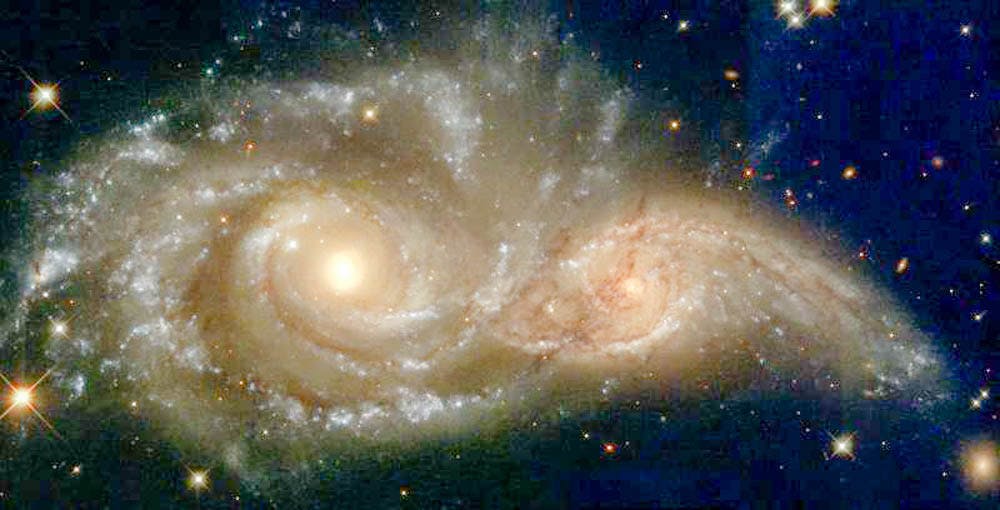Dark matter — a form of elusive mass theorized to make up a majority of the matter in the universe — has thus far gone undetected. But University professors have proposed a new way to detect dark matter, bringing new insight that could change how dark matter is found.
Scientists know dark matters exists because of its gravitational effects on galaxies and its bending of light, said Derek Stein, associate professor of physics and engineering and co-author of the study along with Humphrey Maris, professor emeritus of physics, and George Seidel, professor emeritus of physics.
The dark matter detector, which would use superfluid liquid helium, has the ability to reveal the existence of dark matter through a “chain of events,” Stein said.
A dark matter particle would bump into an atom of helium. This would then create enough energy to knock a few atoms of helium from a liquid to a gas state. This starts the series of events that ultimately produces an incremental change in temperature detected by the apparatus.
The new method for detection became necessary because researchers were unable to detect dark matter at higher masses.
“Most of the large-scale dark matter searches so far have been looking for particles with a mass somewhere between 10 and 10,000 times the mass of a proton,” Stein said in a press release. Maris explained that, to find dark matter, researchers had to start looking for the mysterious substance in other mass ranges. “If you lose your keys, you don’t just check out the bathroom,” Maris said.
“Perhaps the dark matter is made of particles with very light mass, and maybe they do collide with ordinary matter at a reasonable rate. … The energy that they deposit when they do that is too small for anybody to detect so far. We’re detecting those very small energies,” Maris added.
Daniel McKinsey, the Georgia Lee distinguished professor of physics at the University of California at Berkeley, said there are already different kinds of dark matter detectors in use. For example, the Large Underground Xenon experiment and the LUX-Zeplin detectors work to find dark matter particles using liquid xenon. “Superfluid helium is very promising for detecting so-called light dark matter, with mass less than that of the (weakly interacting massive particle). … This is an important mass window that may be hiding the dark matter,” McKinsey wrote in an email to The Herald. “If it works then it would be a real game-changer, and allow us to search for dark matter that is 1,000 times lower in mass than can be found using existing techniques,” he added.
Unlike other dark matter detectors, the new test registers the collision between dark matter and helium differently than other detectors do, Stein said.
One of the advantages of this new method, Stein added, is the possible other ways that the technology can be used outside of the detection of dark matter, which range from medical imaging to observing the process of nuclear reactions to spotting other kinds of astronomical events. “Anything that causes these little helium atoms to bump and move will set the thing off. Think about tackling problems where sensitivity is at a premium,” he said.
“Being able to detect dark matter would be an enormous step forward in physics. Probably one of the most important things one could do,” Maris said.





